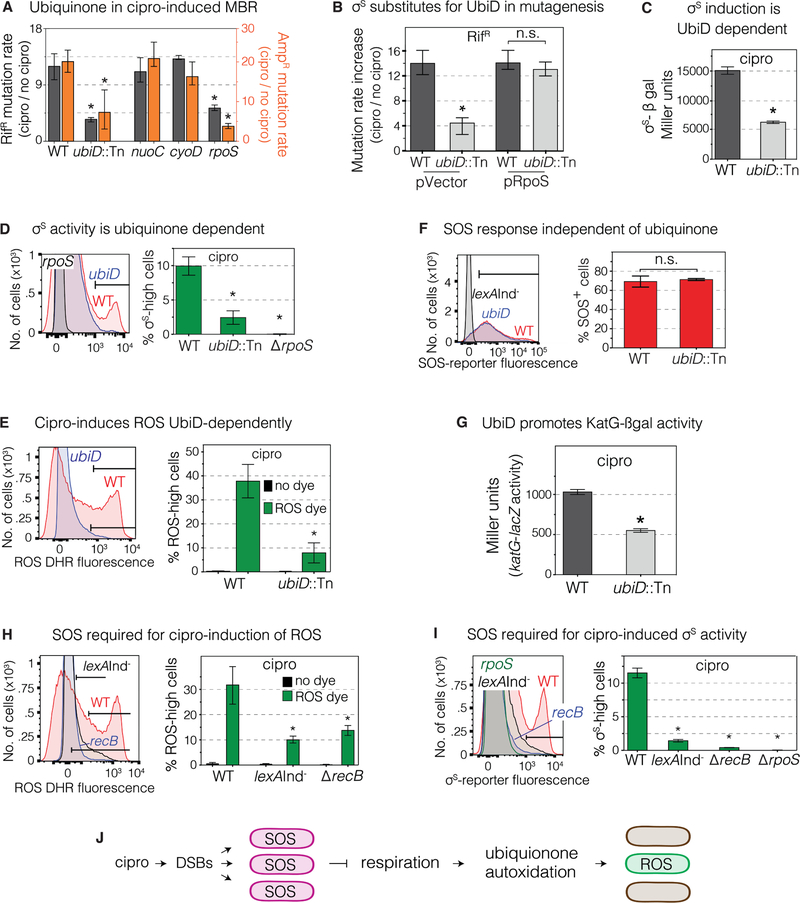Figure 6. ROS Induction Requires SOS and Ubiquinone (Electron Transfer).
(A) Ubiquinone promotes cipro-induced mutagenesis. Mutant MACs, Table S1. Means ± CIs, ≥ 3 experiments. *Different from wild-type (WT), p<0.01, one-way ANOVA with Tukey’s post-hoc test of natural-log transformed data.
(B) Artificial upregulation of σS substitutes for UbiD in mutagenesis, implying that UbiD promotes mutagenesis by upregulation of σS. Means ± 95% CIs, ≥ 3 experiments. *Different from WT, p<0.01, one-way ANOVA with Tukey’s post-hoc test of natural-log transformed data; n.s. not significant.
(C) Cipro-induced σS-β-galactosidase activity, reflecting σS accumulation, is promoted by UbiD. MAC cipro-grown 24h stationary-phase cells. Means ± range, 2 experiments. *Different from WT, p<0.01, two-tailed Student’s t-test.
(D) Cipro-induced σS activity requires UbiD. Flow-cytometry shows loss of the σS-high subpopulation in ubiD-null cells. MAC cipro-grown 24h stationary-phase cells. Means ± SEM, 2 experiments. *Different from WT, p<0.01, one-way ANOVA with Tukey’s post-hoc test.
(E) Cipro induction of ROS requires UbiD. ROS-positive cells in log phase (16h) MAC cipro, seen with DHR dye. Means ± SEM, 3 experiments. *Different from WT, p<0.01, one-way ANOVA with Tukey’s post-hoc test.
(F) Cipro induction of the SOS response does not require UbiD. SOS activity in stationary-phase (24h) MAC cipro-grown cells. Means ± range, 2 experiments, two-tailed Student’s t-test.
(G) UbiD promotes cipro induction of the H2O2 responsive katG-lacZ fusion. MAC cipro log-phase (16h) cells. Means ± range, 2 experiments. *p<0.01, two-tailed Student’s t-test
(H) The SOS response is required for cipro induction of the ROS-high cell subpopulation. SOS non-inducible lexAInd− and recB cells, which are defective in SOS induction by DSBs. Cells grown in low-dose MAC cipro and assayed in log phase (16h). Means ± range of 2 independent experiments. *Different from WT at p<0.01, one-way ANOVA with Tukey’s post-hoc test.
(I) The SOS response is required for cipro induction of the σS-high subpopulation. SOS non inducible lexAInd− cells, and recB cells at 24h MAC cipro (stationary phase). Means ± range, 2 experiments. *Different from WT, p<0.01, one-way ANOVA with Tukey’s post-hoc test.
(J) Model for cipro-induction of ROS via the SOS response and ubiquinone. Cipro-induced DSBs activate the SOS response in all cells. SOS slows aerobic respiration (Swenson and Schenley, 1974), which promotes autoxidation of ubiquinone (Gonzalez-Flecha and Demple, 1995; Skulachev, 1998), we suggest in a cell subpopulation that becomes the σS-high subpopulation (Figure 5).

